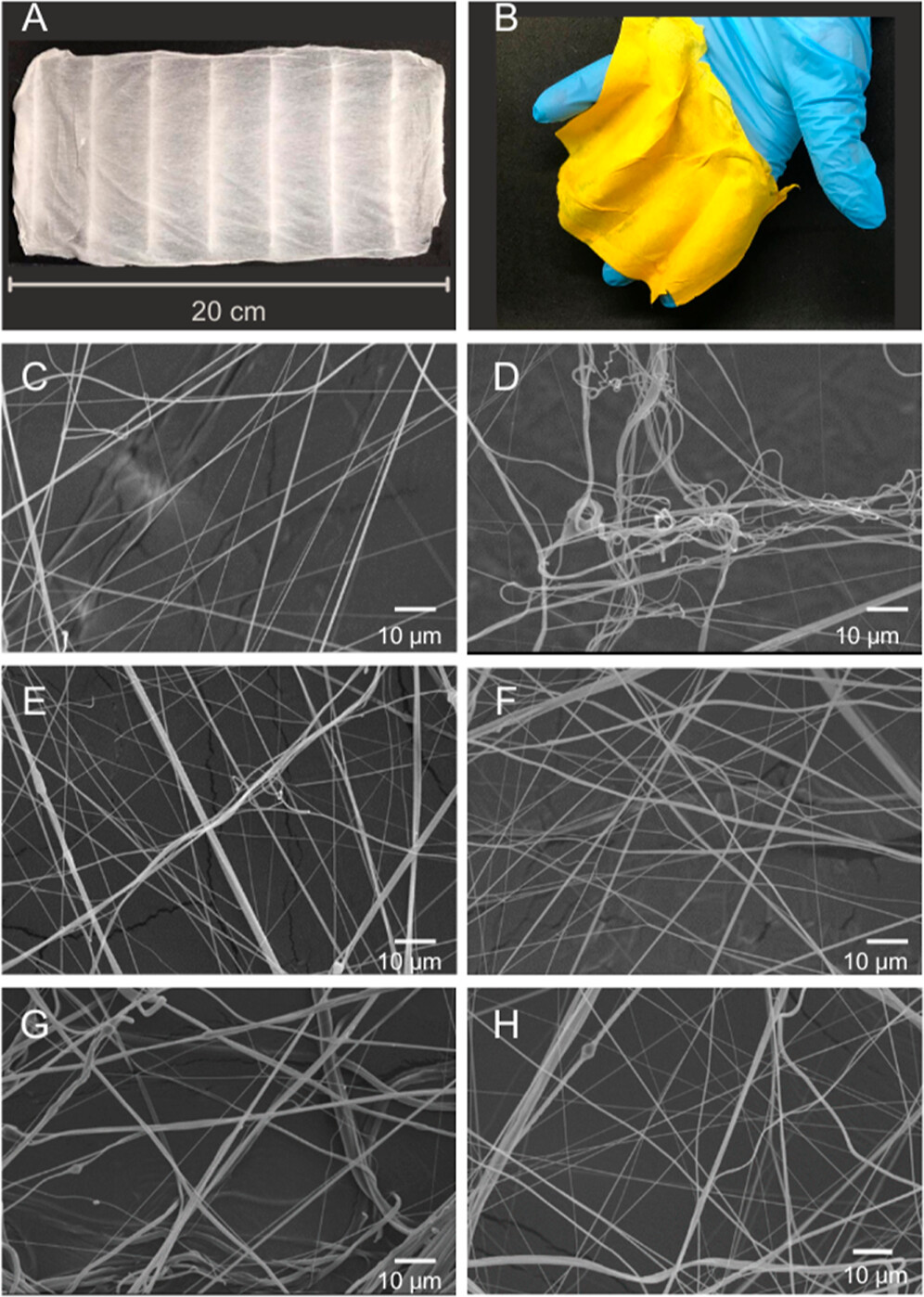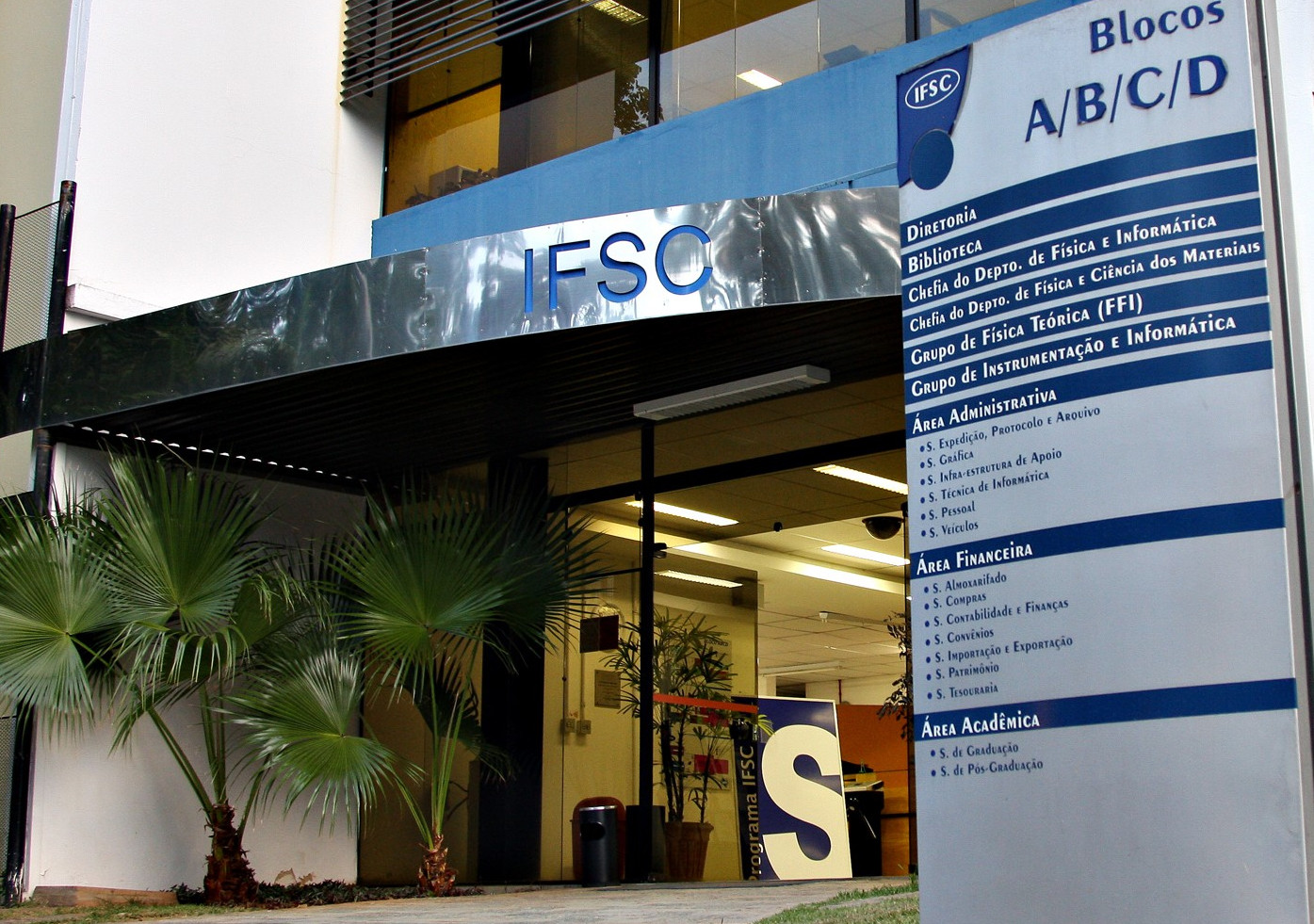Synergistic tetracycline-curcumin association in biocompatible PCL nanostructured wound dressings.
TEODORO, Kelcilene Bruna Ricardo; ALVARENGA, Augusto Duarte; CHAGAS, Paulo Augusto Marques; LOPES, Raphael Guimarães; ALVES, Fernanda; STRINGASCI, Mirian Denise; BUZZÁ, Hilde Harb; INADA, Natalia Mayumi; CORRÊA, Daniel Souza.
TEODORO, Kelcilene Bruna Ricardo; ALVARENGA, Augusto Duarte; CHAGAS, Paulo Augusto Marques; LOPES, Raphael Guimarães; ALVES, Fernanda; STRINGASCI, Mirian Denise; BUZZÁ, Hilde Harb; INADA, Natalia Mayumi; CORRÊA, Daniel Souza.





 Abstract: Open injuries, resulting from skin tissue ruptures, can expose the human body to pathogenic bacteria, presenting a significant risk for hospitalized patients and individuals with compromised immune systems. At the same time, developing alternative therapies usinginnovative methods of drug administration is crucial for combating antibacterial resistance. In this study, we present an approach for skin wound healing that synergistically combines a traditional antibiotic and an active natural compound in a polymer nanofibrous wound dressing. The fabrication strategy involved the solution blow spinning technique, which enabled easy, fast, and scalable manufacturing of polymer nanofibrous mats, while poly e-caprolactone (PCL) was selected as the base polymer, due to its biocompatibility and nontoxicity for human tissues. The selected antibiotic formulation comprised a synergistic combination of tetracycline (TC) and curcumin (CC), aiming to incorporate reduced fractions of TC. Nanofibrous dressings measuring around 200 cm2 could be fabricated during 45 min. The results of physicochemical characterization showed that nanofibrous mats with fewer defects were obtained due to the presence of TC in the formulation, while the presence of CC improved the encapsulation efficiency and enabled a more controlled release of TC. The antimicrobial tests demonstrated that diminishing the quantity of TC in the nanofibrous mats had no discernible impact on their efficacy against Escherichia coli and Staphylococcus aureus. The results of in vitro cytotoxicity and in vivo tests showed that the proposed wound dressings were not cytotoxic (cell viabilities consistently exceeded 95% for human dermal fibroblasts) and did not lead to inflammation or damage in the healing process. Moreover, the study with real wounds on mice showed that the wound dressings containing the synergistic combination of TC and CC exhibited superior efficacy in promoting healing in comparison to the control group. Collectively, these findings demonstrate the potential of the developed nanostructured platfom for wound dressing applications.
Abstract: Open injuries, resulting from skin tissue ruptures, can expose the human body to pathogenic bacteria, presenting a significant risk for hospitalized patients and individuals with compromised immune systems. At the same time, developing alternative therapies usinginnovative methods of drug administration is crucial for combating antibacterial resistance. In this study, we present an approach for skin wound healing that synergistically combines a traditional antibiotic and an active natural compound in a polymer nanofibrous wound dressing. The fabrication strategy involved the solution blow spinning technique, which enabled easy, fast, and scalable manufacturing of polymer nanofibrous mats, while poly e-caprolactone (PCL) was selected as the base polymer, due to its biocompatibility and nontoxicity for human tissues. The selected antibiotic formulation comprised a synergistic combination of tetracycline (TC) and curcumin (CC), aiming to incorporate reduced fractions of TC. Nanofibrous dressings measuring around 200 cm2 could be fabricated during 45 min. The results of physicochemical characterization showed that nanofibrous mats with fewer defects were obtained due to the presence of TC in the formulation, while the presence of CC improved the encapsulation efficiency and enabled a more controlled release of TC. The antimicrobial tests demonstrated that diminishing the quantity of TC in the nanofibrous mats had no discernible impact on their efficacy against Escherichia coli and Staphylococcus aureus. The results of in vitro cytotoxicity and in vivo tests showed that the proposed wound dressings were not cytotoxic (cell viabilities consistently exceeded 95% for human dermal fibroblasts) and did not lead to inflammation or damage in the healing process. Moreover, the study with real wounds on mice showed that the wound dressings containing the synergistic combination of TC and CC exhibited superior efficacy in promoting healing in comparison to the control group. Collectively, these findings demonstrate the potential of the developed nanostructured platfom for wound dressing applications. @article={003194759,author = {TEODORO, Kelcilene Bruna Ricardo; ALVARENGA, Augusto Duarte; CHAGAS, Paulo Augusto Marques; LOPES, Raphael Guimarães; ALVES, Fernanda; STRINGASCI, Mirian Denise; BUZZÁ, Hilde Harb; INADA, Natalia Mayumi; CORRÊA, Daniel Souza.},title={Synergistic tetracycline-curcumin association in biocompatible PCL nanostructured wound dressings},journal={ACS Applied Polymer Materials},note={v. 6, n. 9, p. 5089-5101+ supporting information: s1-s2},year={2024}}
@article={003194759,author = {TEODORO, Kelcilene Bruna Ricardo; ALVARENGA, Augusto Duarte; CHAGAS, Paulo Augusto Marques; LOPES, Raphael Guimarães; ALVES, Fernanda; STRINGASCI, Mirian Denise; BUZZÁ, Hilde Harb; INADA, Natalia Mayumi; CORRÊA, Daniel Souza.},title={Synergistic tetracycline-curcumin association in biocompatible PCL nanostructured wound dressings},journal={ACS Applied Polymer Materials},note={v. 6, n. 9, p. 5089-5101+ supporting information: s1-s2},year={2024}}